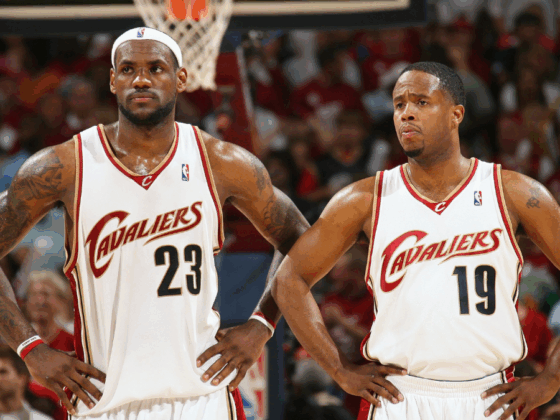
A major storyline of the 2016 playoffs has been the officiating. From blown calls to suspensions or the lack thereof, nothing has been more talked about on days following games than the officiating.
As a consequence of that, the league’s reporting of blown calls has also become a talking point. The NBA releases reports for the last two minutes of close games describing every call or non-call as correctly or incorrectly officiated.
Some view these L2M reports as beneficial. They show transparency from the league and are helpful for teams in attempting to understand the application of the rules in games. Others, however, believe the L2M reports are actually detrimental. They do not change the fact that an official blew a crucial call late in a playoff game and instead put pressure on the referees for their mistakes.
Regardless, the reports seem to be here to stay. In fact, they may even be getting upgraded. According to Ken Berger of CBS Sports, there is a growing belief that the league may expand the range of officiating reports:
One person involved in the league told CBS Sports Monday that there’s a belief among referees that it won’t be long before the 2-minute report becomes a 48-minute report — with every single call and non-call evaluated after the fact.
This is certainly an interesting idea. Expanding the L2M reports for the entirety of the game will almost certainly be better for the league’s goal of transparency. However, it seems strange to report on every missed call or close call during a full 48-minute game. In a sense, there would be redundancy as many of those calls are likely missed over and over again due to their similar nature.
I personally do not believe this will happen. It would require the league to record everything that could be conceived as a blown call or non-call across the entire league even for games that are not close. Many of the reports would be insignificant and unnecessary. Perhaps, the league could keep the same process it currently has but also report on major calls (such as flagrant and technical fouls) as well, in order to show transparency with the officiating decisions that are most discussed.






